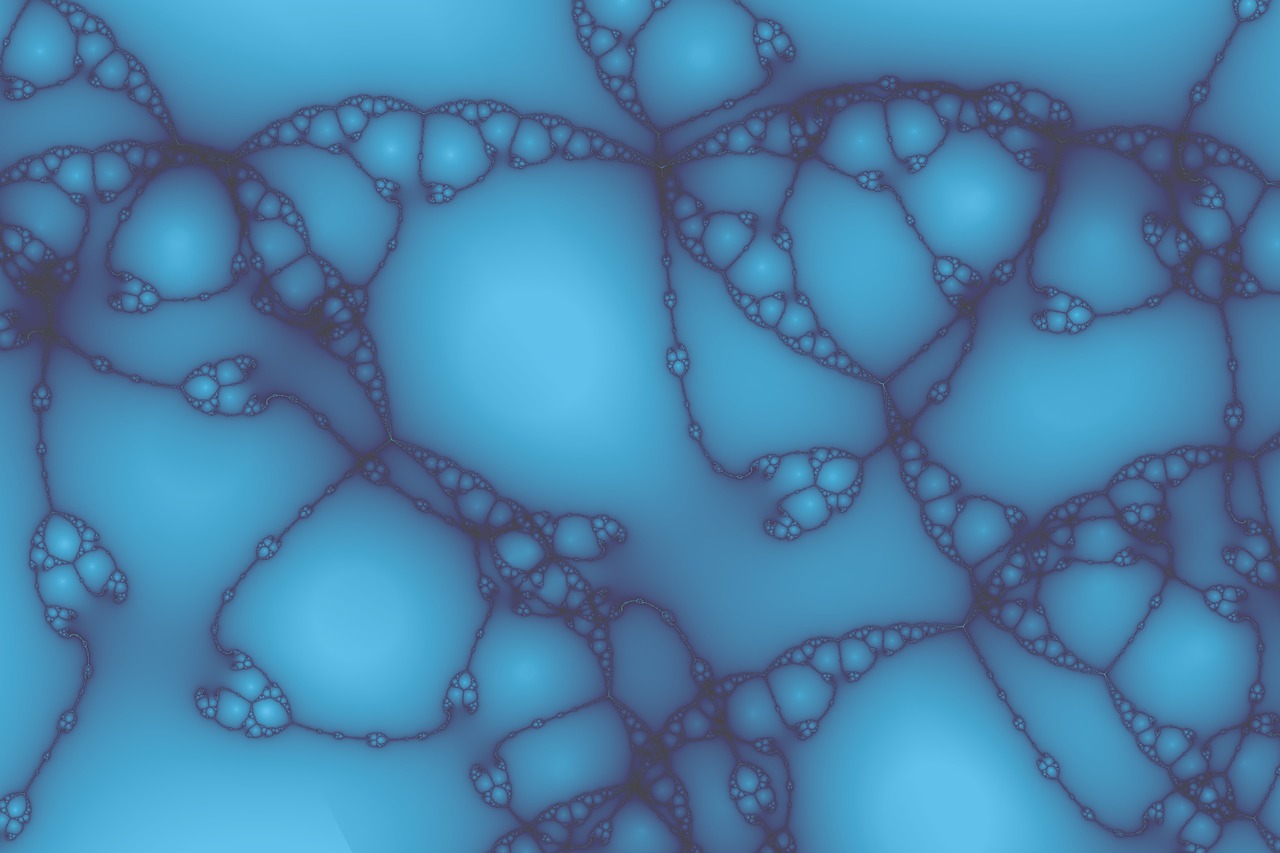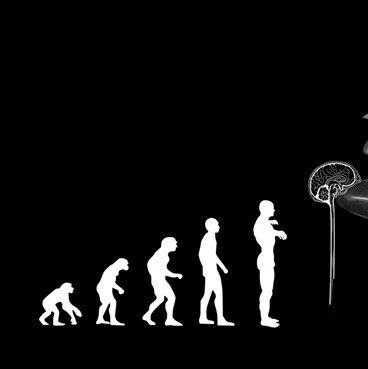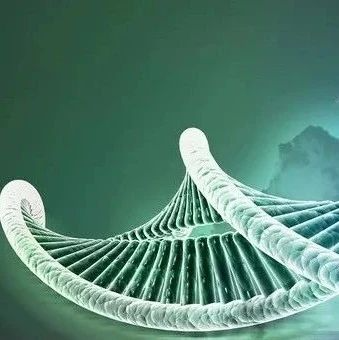美国科研人员在8日出版的《孤独症研究》网络版上报告说,他们研究发现,孕妇年龄过大可增加孩子日后患孤独症的几率。
美国加利福尼亚大学戴维斯分校的科研人员对1990年至1999年间在加州出生的近500万孩子进行了相关研究。研究发现,部分出生时母亲年龄在40岁或40岁以上的孩子,其日后患孤独症的几率要比出生时母亲年龄在25岁至29岁的孩子高50%;而与年龄不到25岁的妇女生下的孩子相比,这一几率要高77%。研究还发现,父亲的年龄与孩子患孤独症的几率没有太大关系。
研究人员指出,导致孩子患孤独症的原因很多,他们的研究只是要提示人们,母亲年龄偏大只是众多风险因素之一,而高龄孕妇们不必对此过于担心。
推荐原始出处:
Autism Research Published Online: 8 Feb 2010
Independent and dependent contributions of advanced maternal and paternal ages to autism risk
Janie F. Shelton 1 *, Daniel J. Tancredi 2, Irva Hertz-Picciotto 1 3
1Department of Public Health Sciences, University of California, Davis
2Department of Pediatrics and the Center for Healthcare Policy and Research, University of California, Davis
3The UC Davis M.I.N.D Institute, Sacramento, California
Reports on autism and parental age have yielded conflicting results on whether mothers, fathers, or both, contribute to increased risk. We analyzed restricted strata of parental age in a 10-year California birth cohort to determine the independent or dependent effect from each parent. Autism cases from California Department of Developmental Services records were linked to State birth files (1990-1999). Only singleton births with complete data on parental age and education were included (n=4,947,935, cases=12,159). In multivariate logistic regression models, advancing maternal age increased risk for autism monotonically regardless of the paternal age. Compared with mothers 25-29 years of age, the adjusted odds ratio (aOR) for mothers 40+ years was 1.51 (95% CI: 1.35-1.70), or compared with mothers &25 years of age, aOR=1.77 (95% CI, 1.56-2.00). In contrast, autism risk was associated with advancing paternal age primarily among mothers &30: aOR=1.59 (95% CI, 1.37-1.85) comparing fathers 40+ vs. 25-29 years of age. However, among mothers <30, the aOR was 1.13 (95% CI, 1.01-1.27) for fathers 40+ vs. 25-29 years of age, almost identical to the aOR for fathers &25 years. Based on the first examination of heterogeneity in parental age effects, it appears that women's risk for delivering a child who develops autism increases throughout their reproductive years whereas father's age confers increased risk for autism when mothers are &30, but has little effect when mothers are past age 30. We also calculated that the recent trend towards delayed childbearing contributed approximately a 4.6% increase in autism diagnoses in California over the decade.







